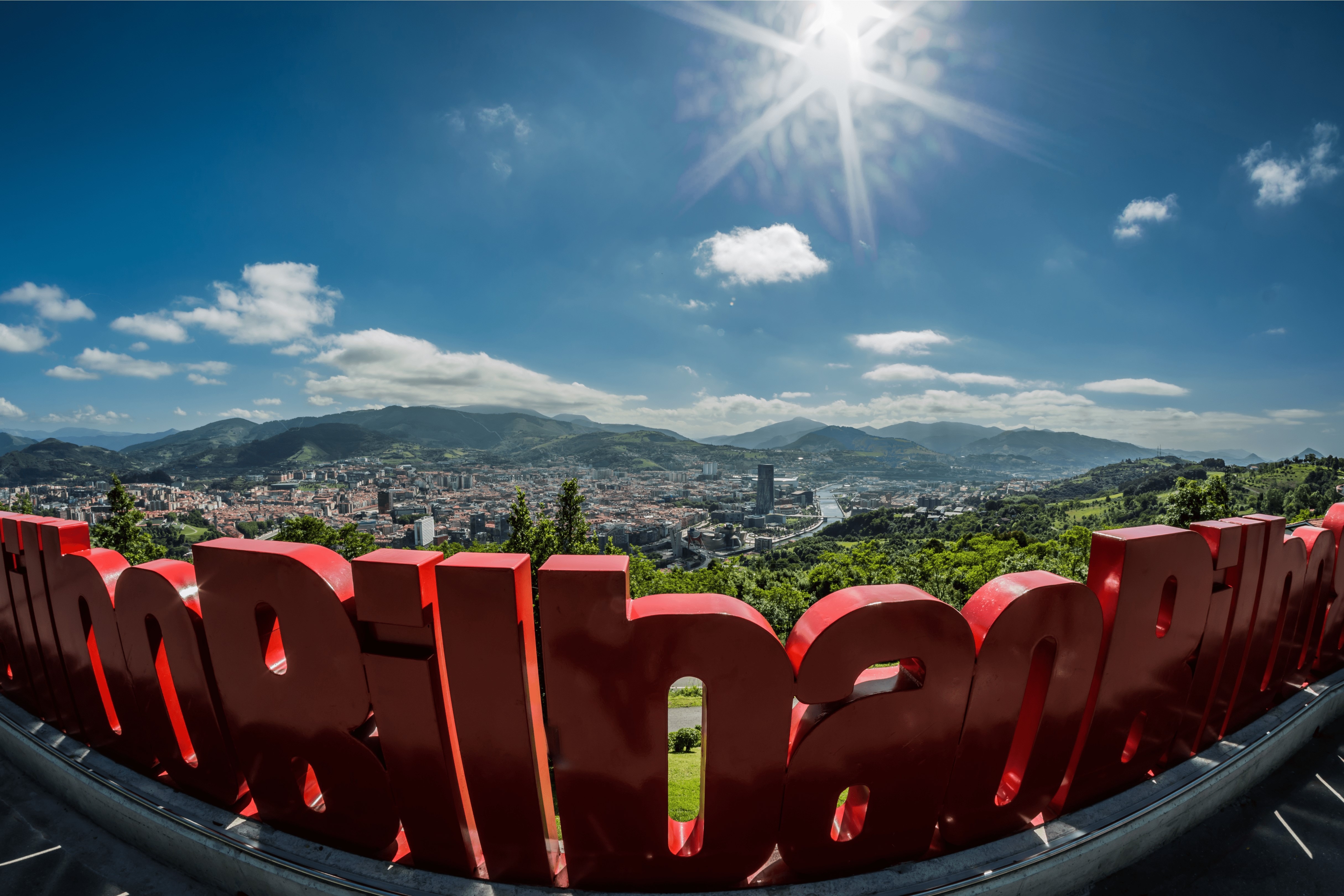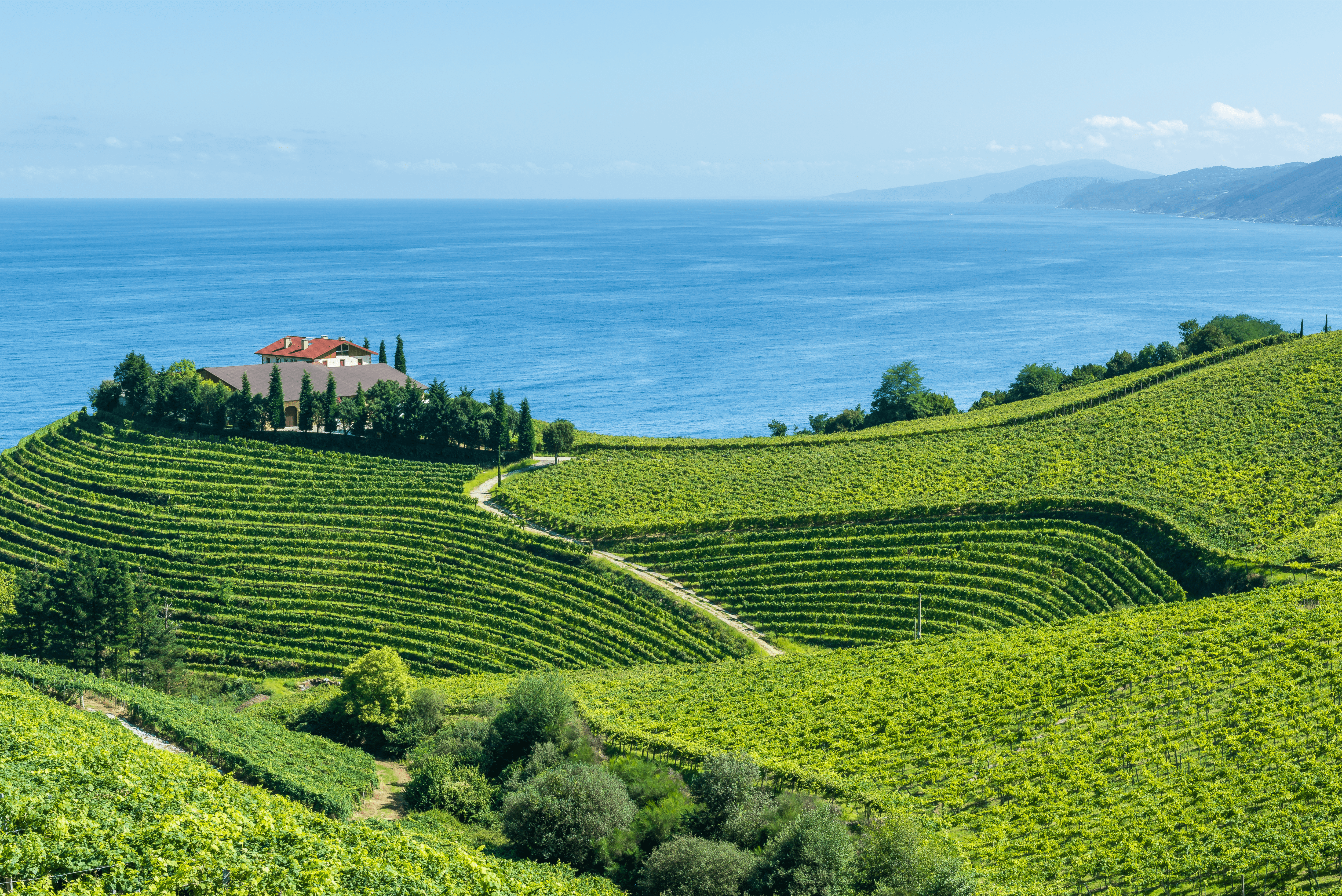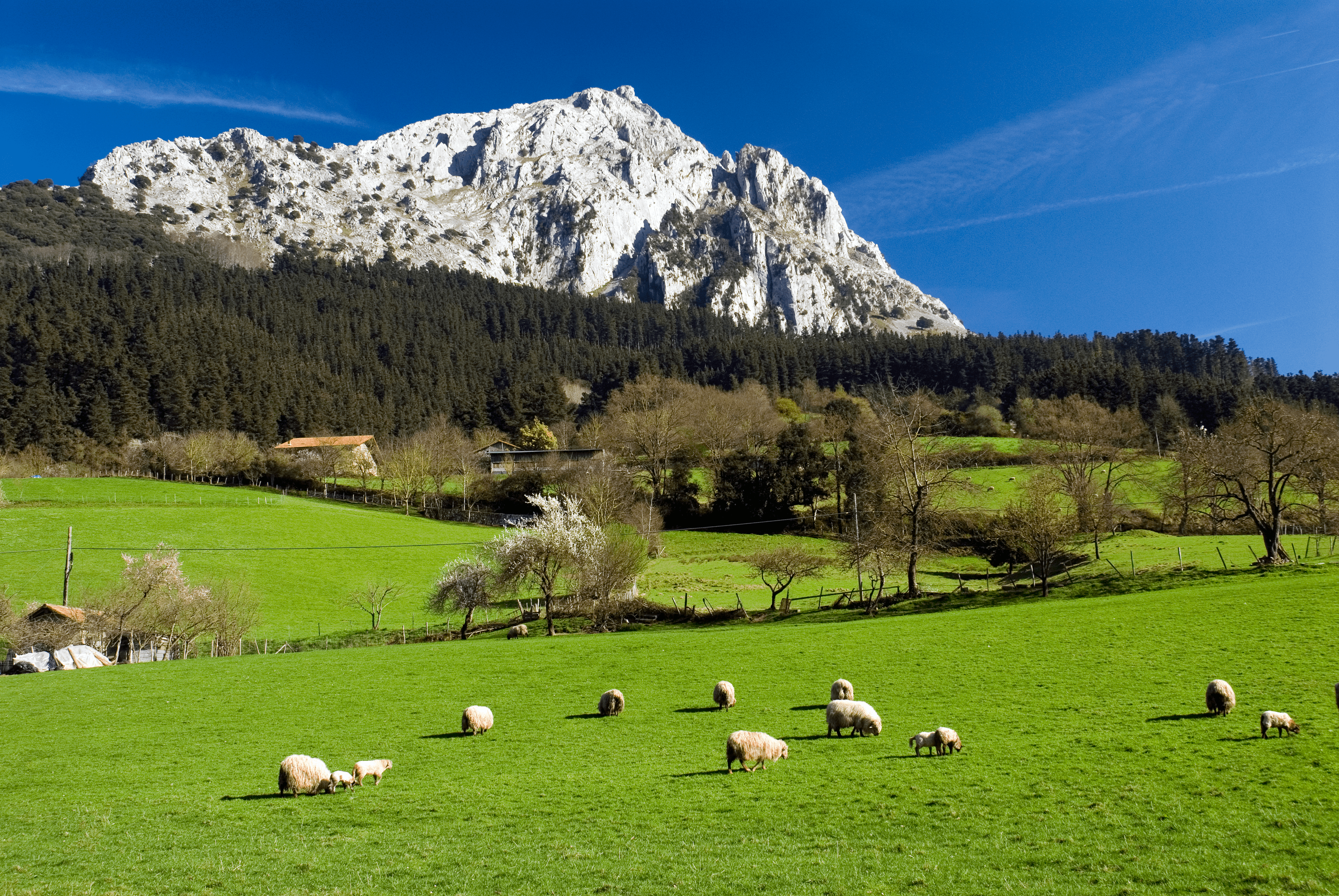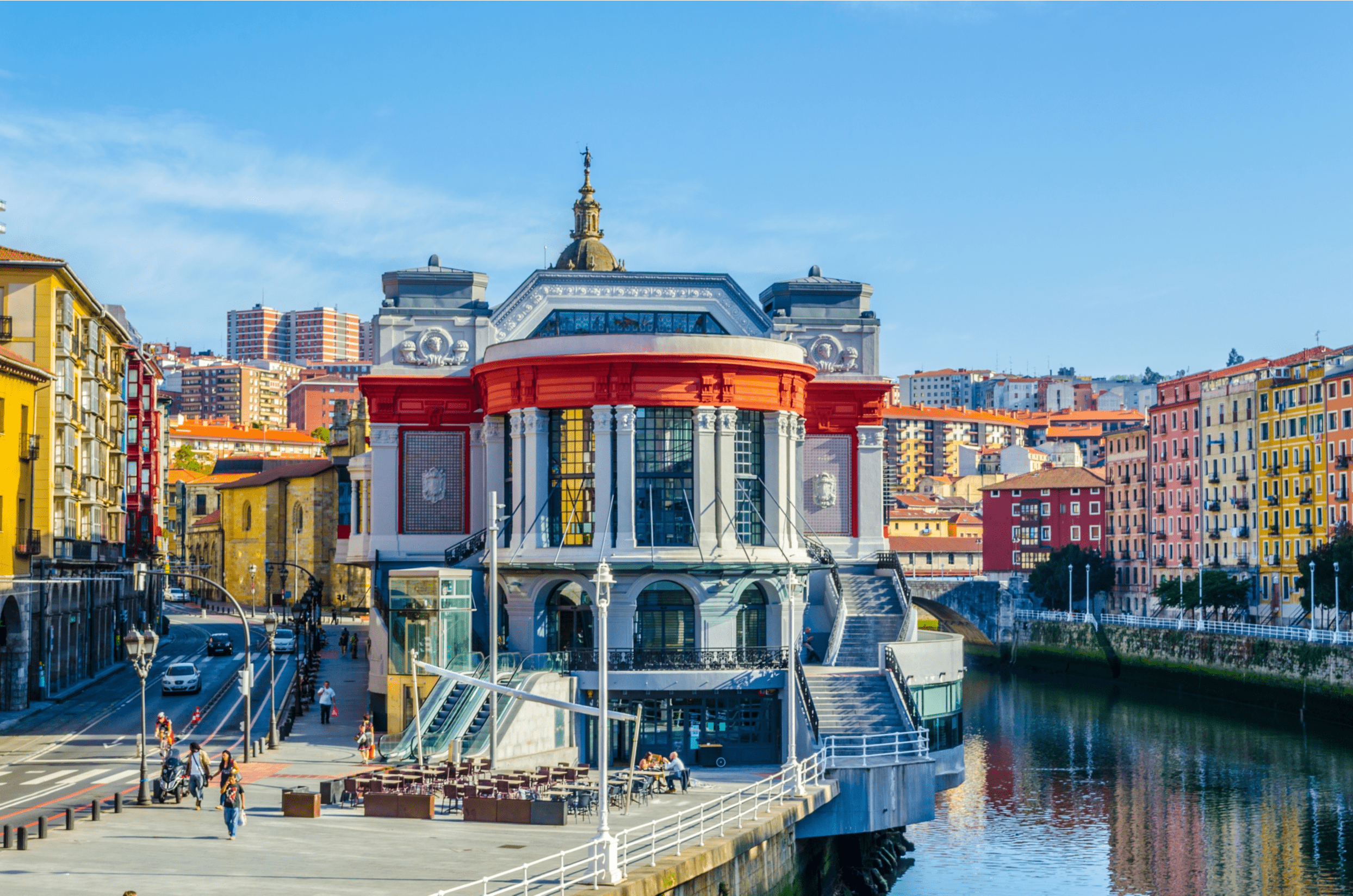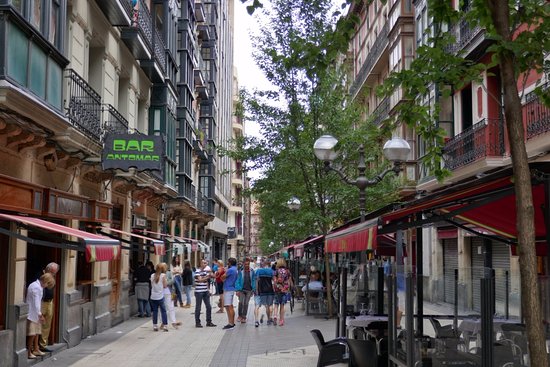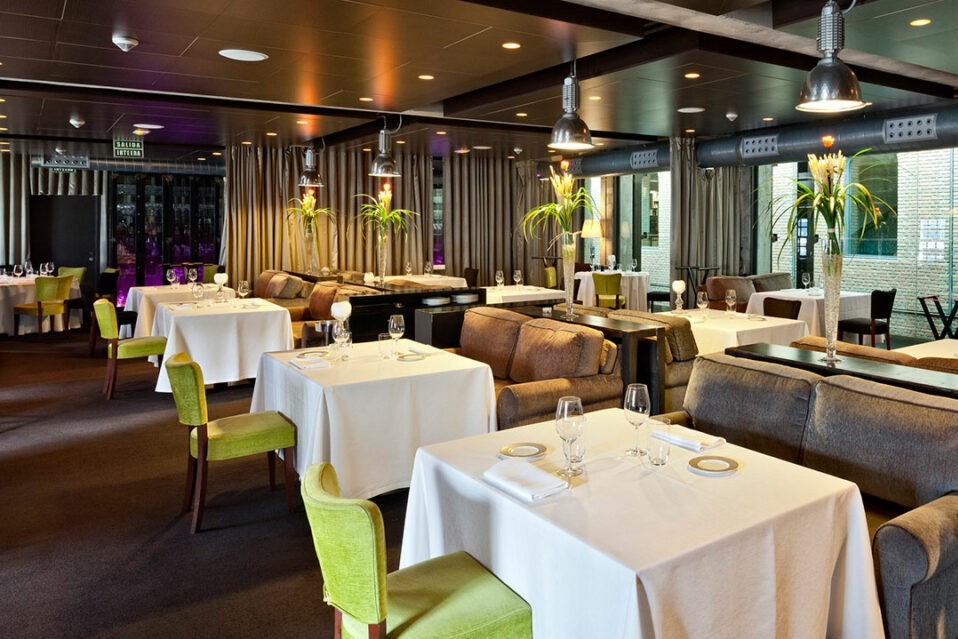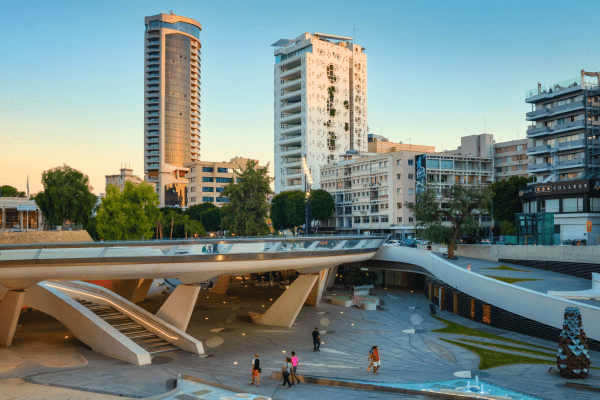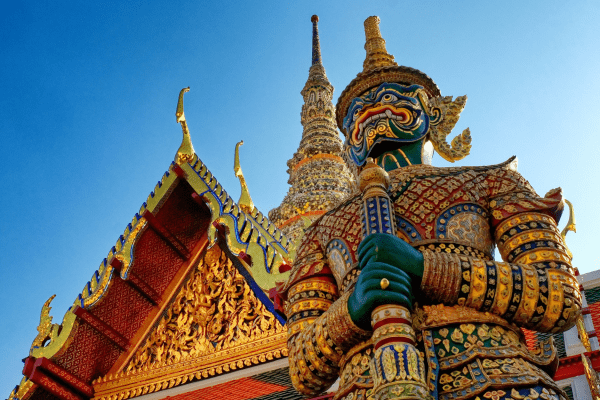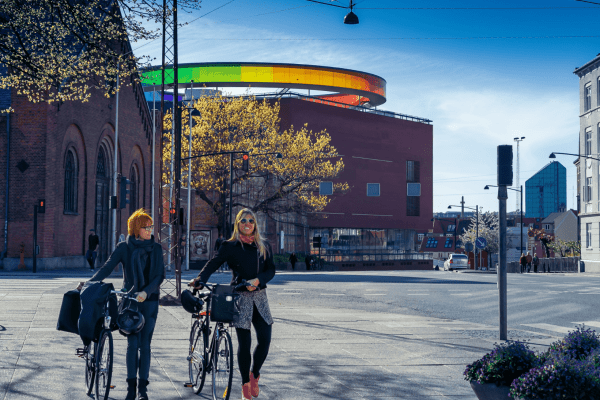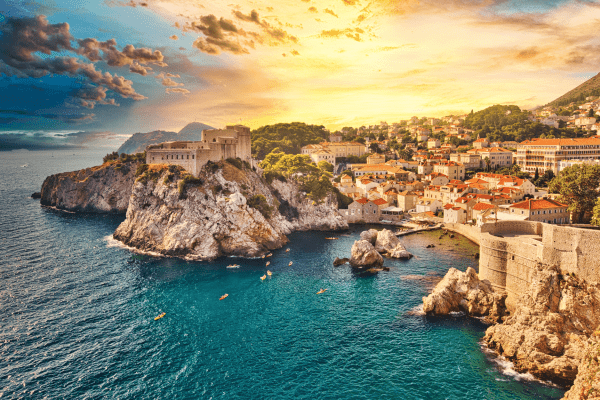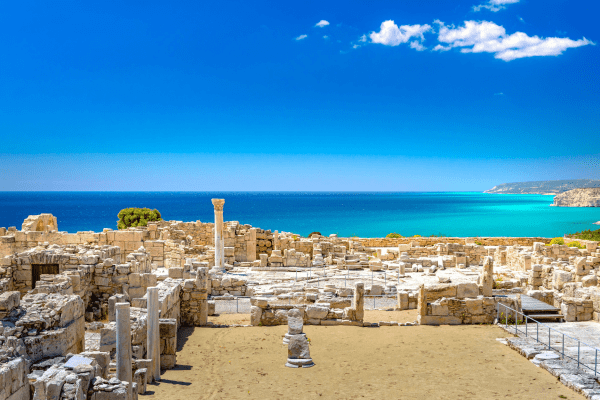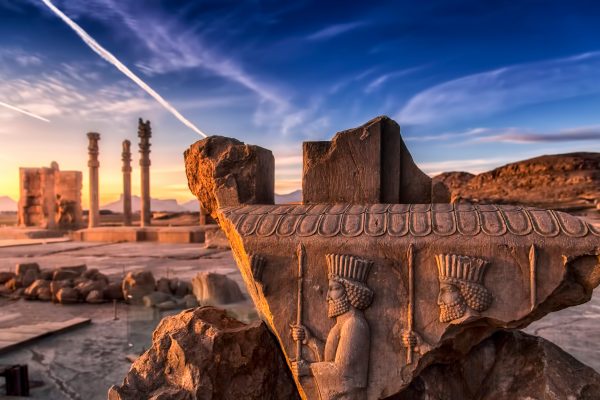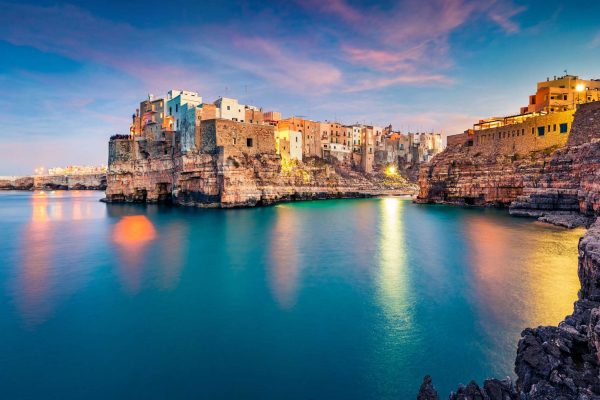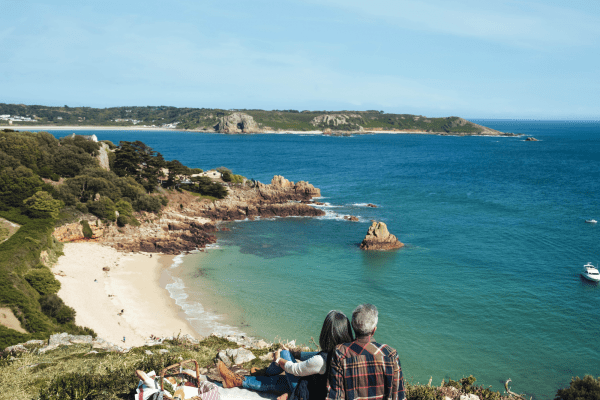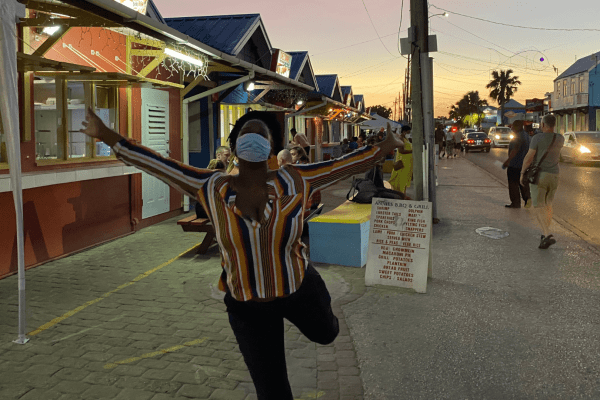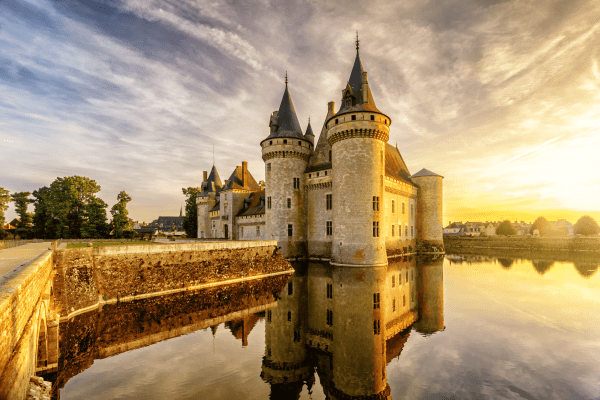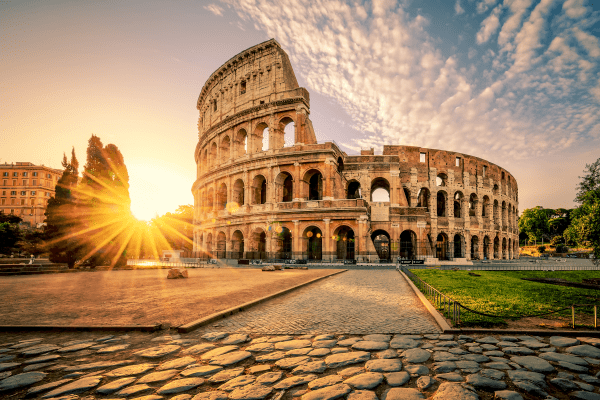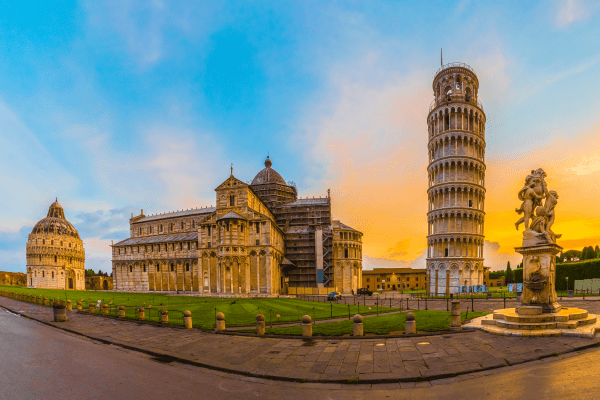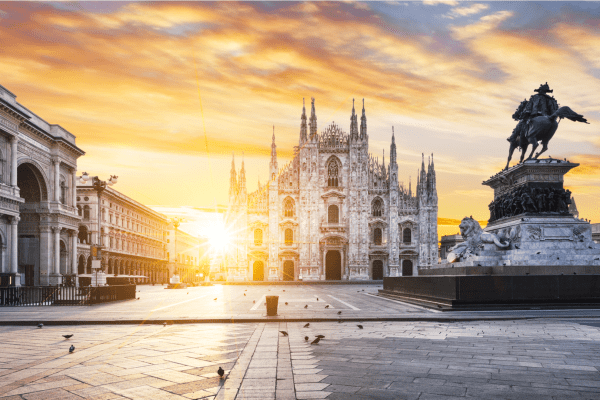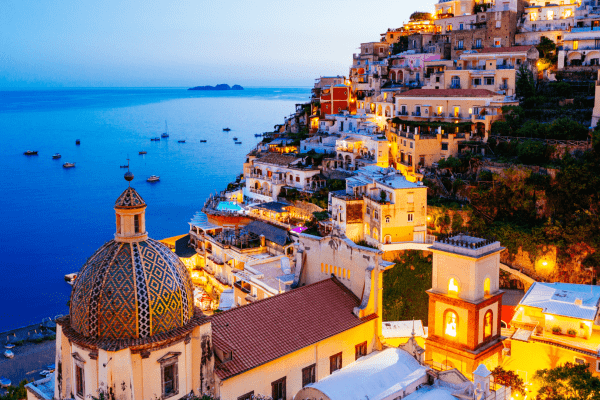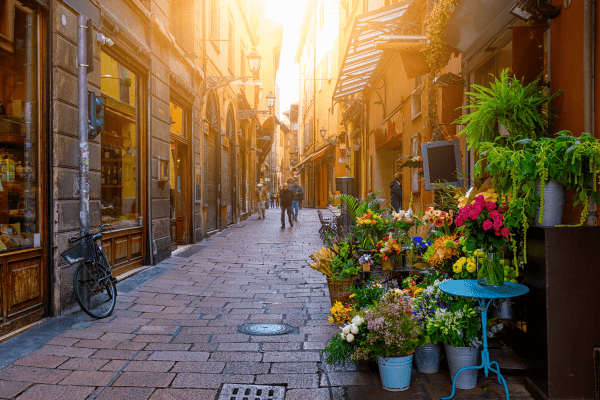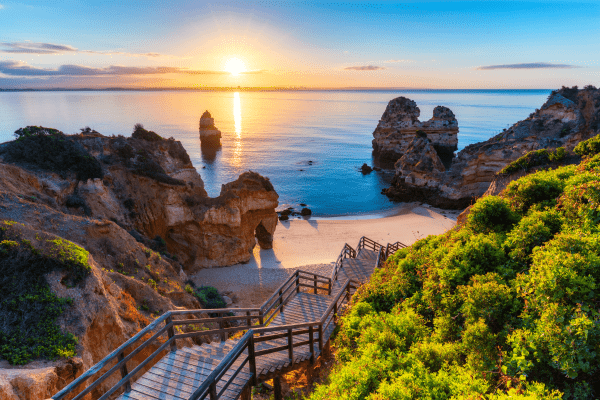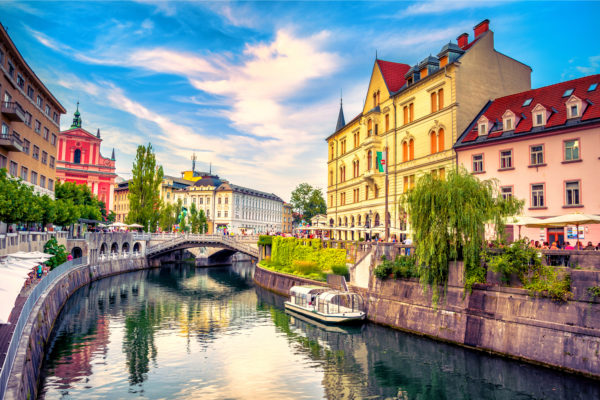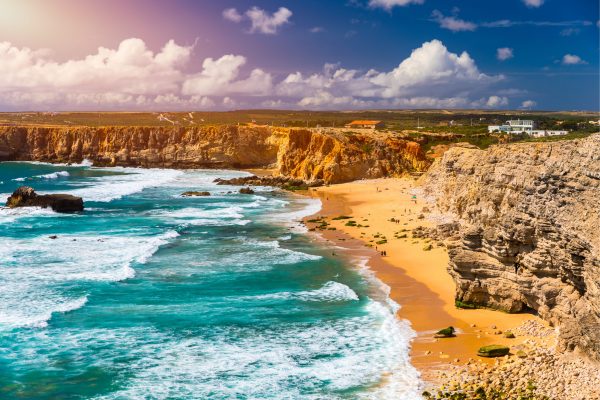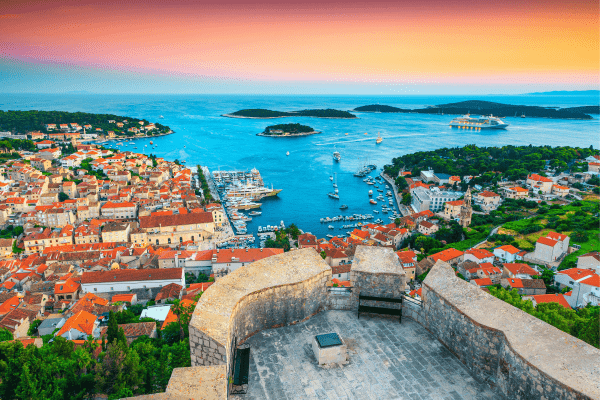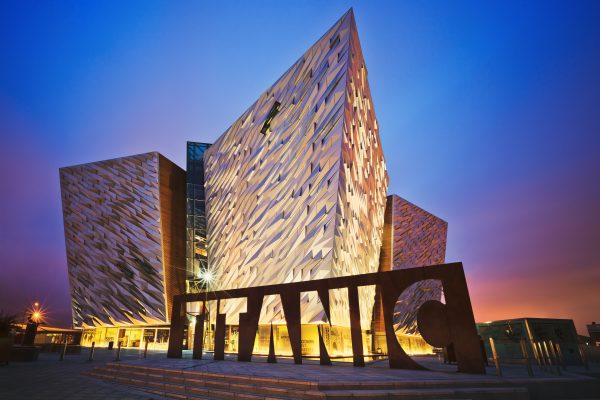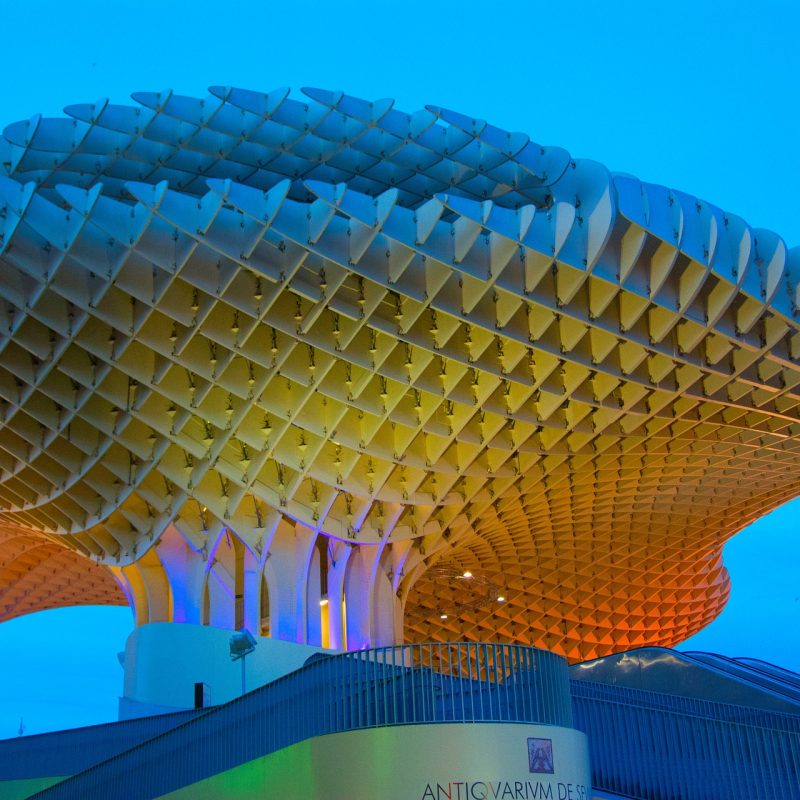Inventive structures, lush greenery, laidback lifestyle
Iron ore, steelworks, shipbuilding, noise and pollution. Late 19th century Bilbao had it sorted, with all the enviable profit margins and booming employment that comes with burgeoning industrialisation. 100 years on, and the port city on the Bay of Biscay, shared similar tales of decline to those experienced across much of a post-industrial Europe. Not to be defeated, and thanks to some remarkably ambitious interventions from local champions, Bilbao bucked up her ideas and now stands proudly as a symbol of urban renewal and revival. In fact today’s Bilbao feels distinctly inspirational. Huge investments in technology, infrastructure, art and culture, renders a centre well worthy of your exploration. It’s a cosmopolitan core surrounded by the mountains, cliffs and beaches of beautiful Basque Country, a land of great historic importance with its own language, traditions, warm welcomes and delicious cuisine.
For the chance to experience the authenticity and vibrancy of Bilbao daily life, try a low season visit from November through March with numbers increasing again at Easter. During the winter, you may well find a bit of rain, but prices are lower, crowds fewer and temperatures remain wonderfully mild, especially if you are coming from northern Europe. Being a thriving business hub, Bilbao doesn’t shut down once the tourists leave. Instead, restaurants remain open, there’s a dynamic year-round calendar of culture events and it’s the perfect time for that romantic winter walk along the nearby secluded towering Biscay cliffs.
City Living
Life here is good and Bilbao Bizkaia is made for living it. People work hard and play hard, and the city feels relaxed with a large student body from the well-respected university. There’s a superb public transport system but the centre is also easy to navigate on foot. It’s split by the Nervión River forming the city’s estuary and spanned by a number of fascinating bridges. The 700 year old Casco Viejo, comprises several churches, Santiago Cathedral, the elegant city hall, and Ribera Market among its narrow winding pedestrianised streets. Elsewhere innovative structures can be found at every turn. Casa Montero, which resembles the modernist style of Gaudí was built in 1904; Campos Eliseos Theatre is a phenomenal fusion of ornate Art Noveau façade and 1990s glass and steel; Azkuna Zentroa is a former wine warehouse featuring a glass-bottom swimming pool in the ceiling; and the Ministry of Public Health gleams in its guise as mirrored origami. The stand out feature however is the celebrated Guggenheim Museum, designed by Frank Gehry and constructed from 33,000 fine titanium plates.
Natural Spaces
You’ll find plenty of greenery around the city, and often natural spaces are dotted with random art installations. A favourite spot is Doña Casilda Iturrizar Park, with its century old English-style garden and a duck pond, home to many species of waterfowl, and a cybernetic fountain. Climb the forest parks of Mount Artxanda for the best views, and follow the 2km Iron Belt route that takes in important sites from Basque cultural heritage. Explore the “Green Ring” route, which follows the city hills – Avril, Arnotegi, Pagasarri and Arraiz. Further afield, but within easy reach, take time out for surfing the huge winter swells at Mundaka; check out the migratory wintering birds at the UNESCO protected wetlands of Urdaibai Biosphere Reserve; or discover the Palaeolithic art at the Santimamiñe Caves.

